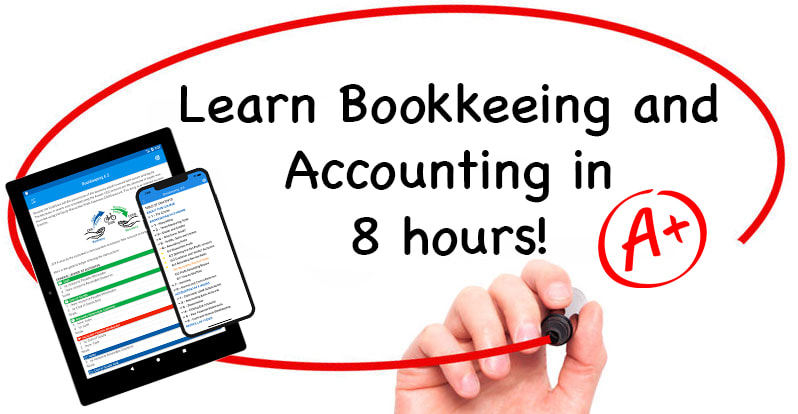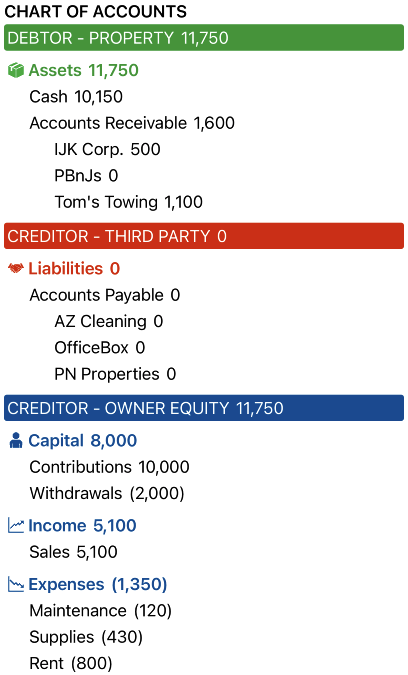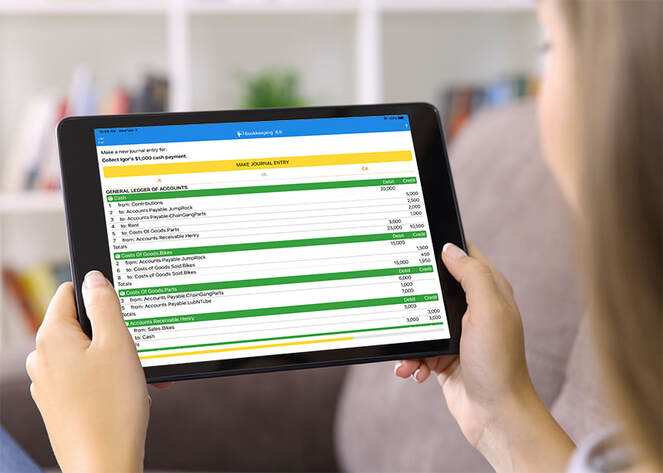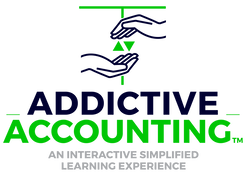Definition: Chart of Accounts
What is the Chart of Accounts?
The Chart of Accounts is a set of categories used to group similar types of financial transactions. Each category in the Chart of Accounts is referred to as an "account". Each account in the Chart of Accounts gives an accounting (retelling) of something specific. For example, if I wanted to keep track of how much money I spend on supplies, I could create an account category in the Chart of Accounts called "Supplies". The Supplies account in the Chart of Accounts would then list all my supply purchases. Another example of an account category in the Chart of Accounts is rent. In order to keep track of how much money I spend on rent, I could create an account category in the Chart of Accounts called "Rent".
The Chart of Accounts is also helpful in that it also lists an account category's total. The total of an account in the Chart of Accounts is referred to as the account's balance. The following figure shows a simplified version of a Chart of Accounts for a service business:
The Chart of Accounts is also helpful in that it also lists an account category's total. The total of an account in the Chart of Accounts is referred to as the account's balance. The following figure shows a simplified version of a Chart of Accounts for a service business:
The Chart of Accounts has five main account categories: Assets, Liabilities, Capital, Income and Expenses. The relationship between these five Chart of Accounts categories is:
Property = Third-Party Ownership + Owner Ownership
Assets accounts (colored green) in the Chart of Accounts track property. All property in a business is indebted to one of two groups of people, third-parties (colored red) and owners (colored blue). In accounting terms, the same relationship is written as:
Assets = Liabilities + Equity
Equity in the Chart of Accounts is equal to what an owner invests into their business, minus what they take out, plus what they make in profit, which is equal to income minus expenses:
Equity = Capital + Income - Expenses
If you review the account category totals (balances) in the Chart of Accounts above, you will see this is the case. Note that values in parenthesis in the Chart of Accounts denote negative values. For example, the Capital account's balance is equal to $8,000:
Capital = Contributions - Withdrawals
Capital = 10,000 - 2,000
Capital = 8,000
Accounting is not hard to learn and you can learn it quick in our high school college accounting prep course. Take control of your finances and gain confidence today! We know you can do it because our students are excelling.
Property = Third-Party Ownership + Owner Ownership
Assets accounts (colored green) in the Chart of Accounts track property. All property in a business is indebted to one of two groups of people, third-parties (colored red) and owners (colored blue). In accounting terms, the same relationship is written as:
Assets = Liabilities + Equity
Equity in the Chart of Accounts is equal to what an owner invests into their business, minus what they take out, plus what they make in profit, which is equal to income minus expenses:
Equity = Capital + Income - Expenses
If you review the account category totals (balances) in the Chart of Accounts above, you will see this is the case. Note that values in parenthesis in the Chart of Accounts denote negative values. For example, the Capital account's balance is equal to $8,000:
Capital = Contributions - Withdrawals
Capital = 10,000 - 2,000
Capital = 8,000
Accounting is not hard to learn and you can learn it quick in our high school college accounting prep course. Take control of your finances and gain confidence today! We know you can do it because our students are excelling.
Continue Learning in an Interactive Bookkeeping Textbook
Over 4+ Hours of Free Lessons
The Addictive Accounting training course has a purpose:
To help you quickly master the fundamentals of bookkeeping and accounting!
If you are a student who is planning on studying accounting, or a student who is struggling to learn the concepts, this course is for you. If you want an A grade, take this prep course! If you are business owner who wants to fully understand their personal bookkeeping, this course is also for you.
To help you quickly master the fundamentals of bookkeeping and accounting!
- Simplified - created for students and business owners
- Comprehensive - an interactive bookkeeping and accounting textbook
- Practice Make Perfect - in a hands-on bookkeeping simulator
- Learn Finance - cash, profit, equity, and balance statements
- Quiz Yourself - test your comprehension with instant feedback
- Career Boost - communicate finance with confidence
- At Your Pace - complete the course in a week or a weekend
- Teacher's Aid - can be used as an auxiliary tool to enhance learning
- CPA Exam Prep - review fundamentals to greatly improve your score
If you are a student who is planning on studying accounting, or a student who is struggling to learn the concepts, this course is for you. If you want an A grade, take this prep course! If you are business owner who wants to fully understand their personal bookkeeping, this course is also for you.
Practice the Chart of Accounts in an Accounting Simulator
Rather than just read about the chart of accounts, learn and practice using the chart of accounts in a hands-on accounting simulation. Learn more about our accounting simulation app or see what you can learn for free in the Addictive Accounting course.







